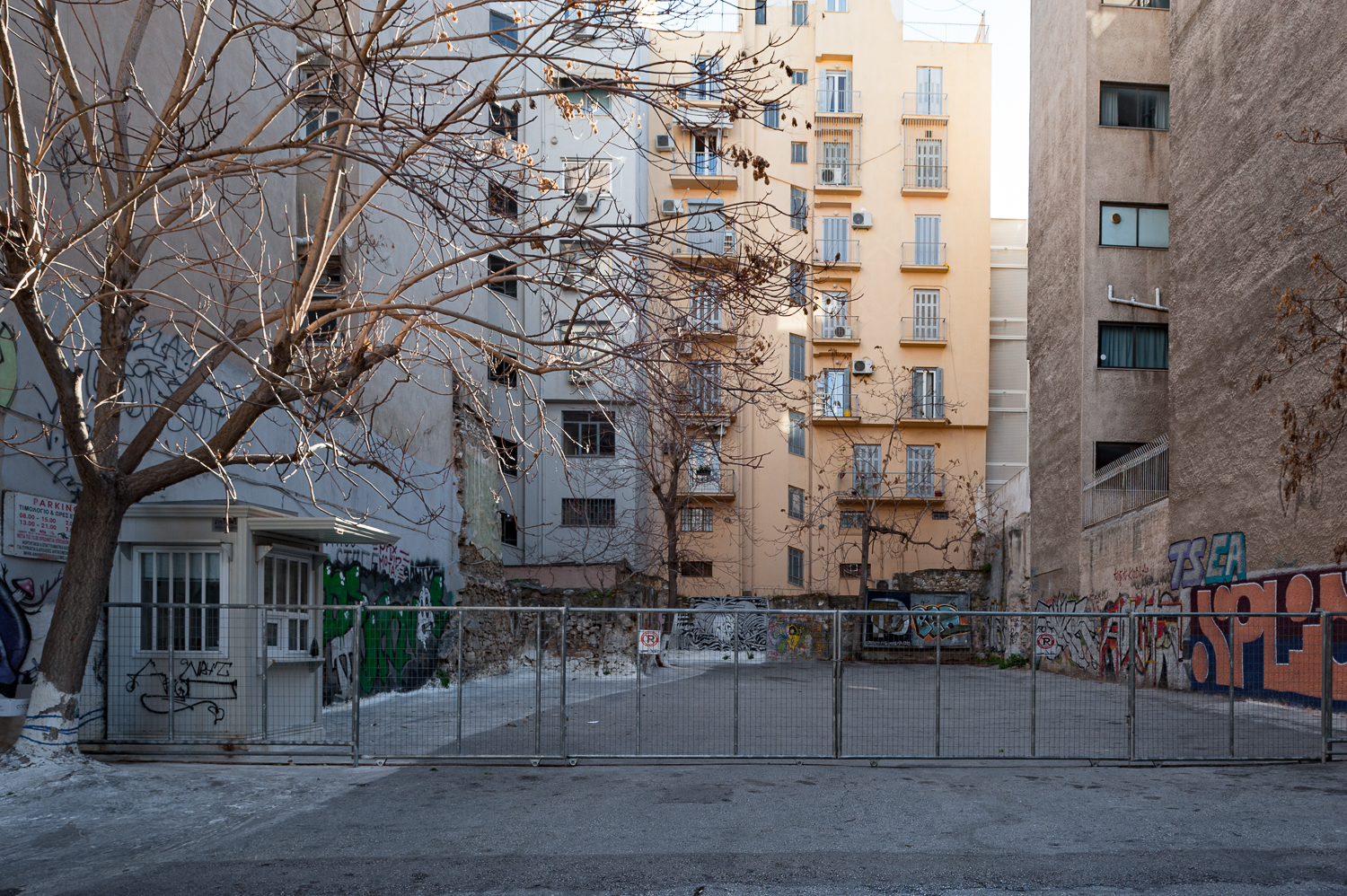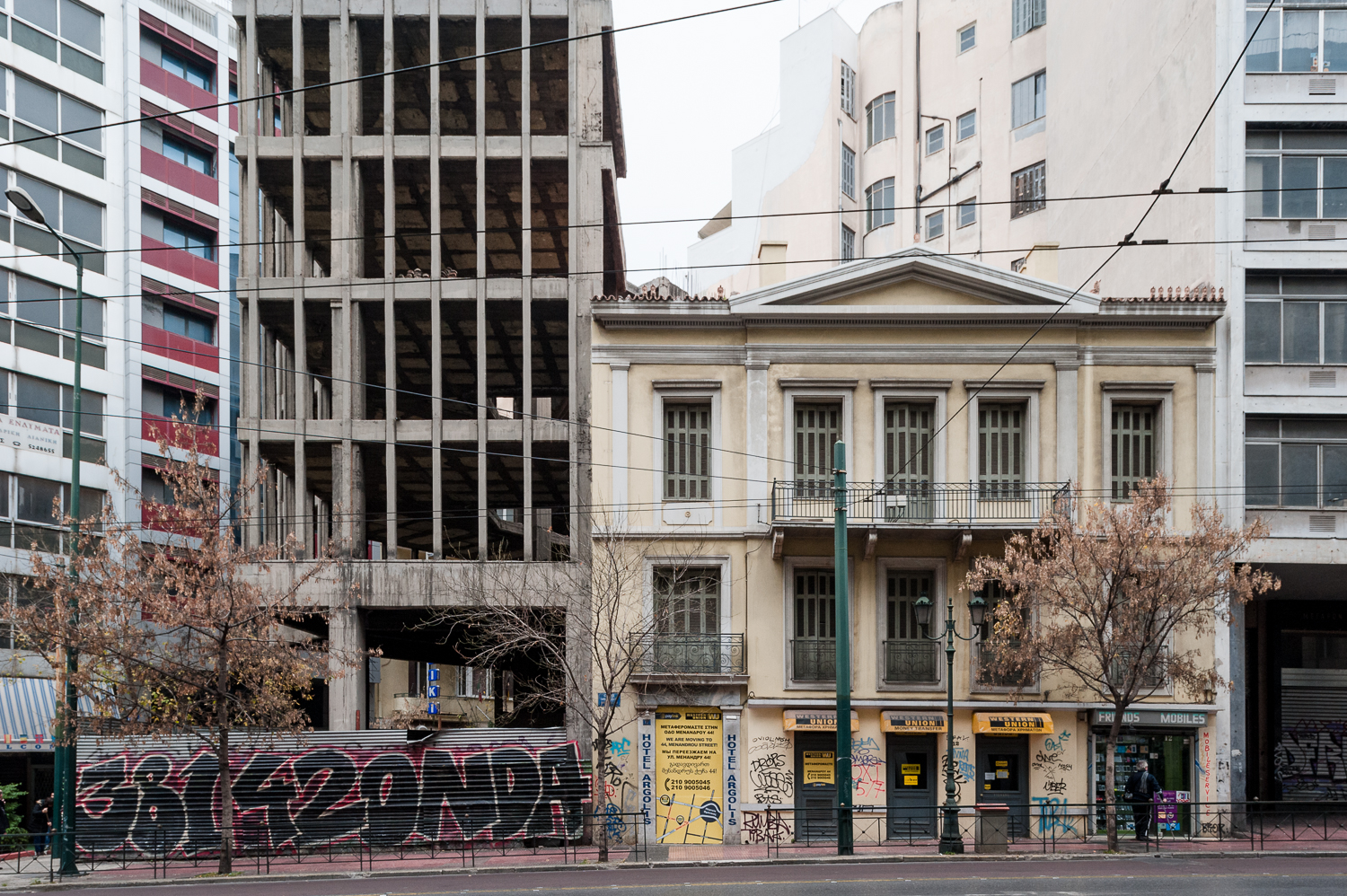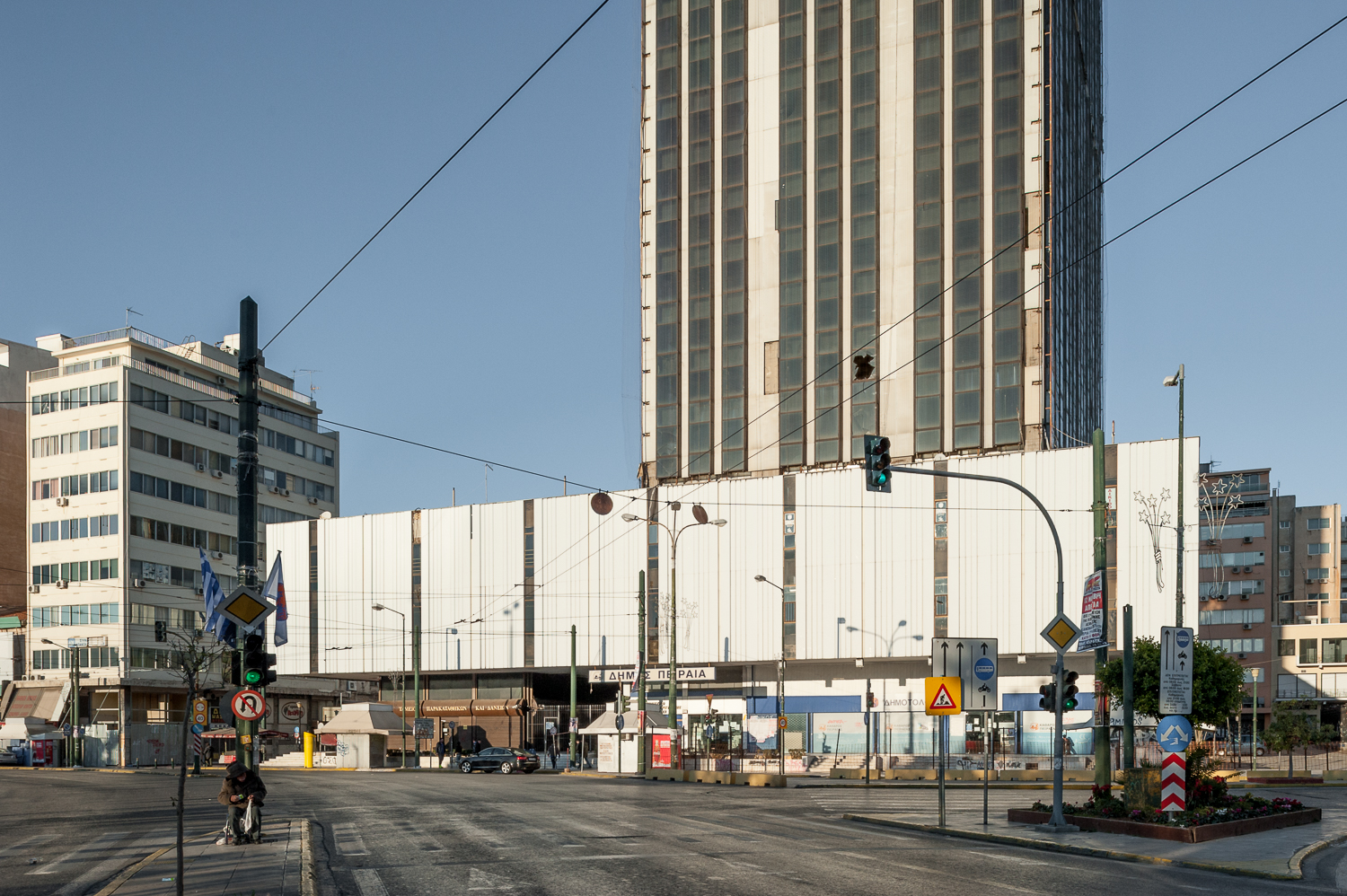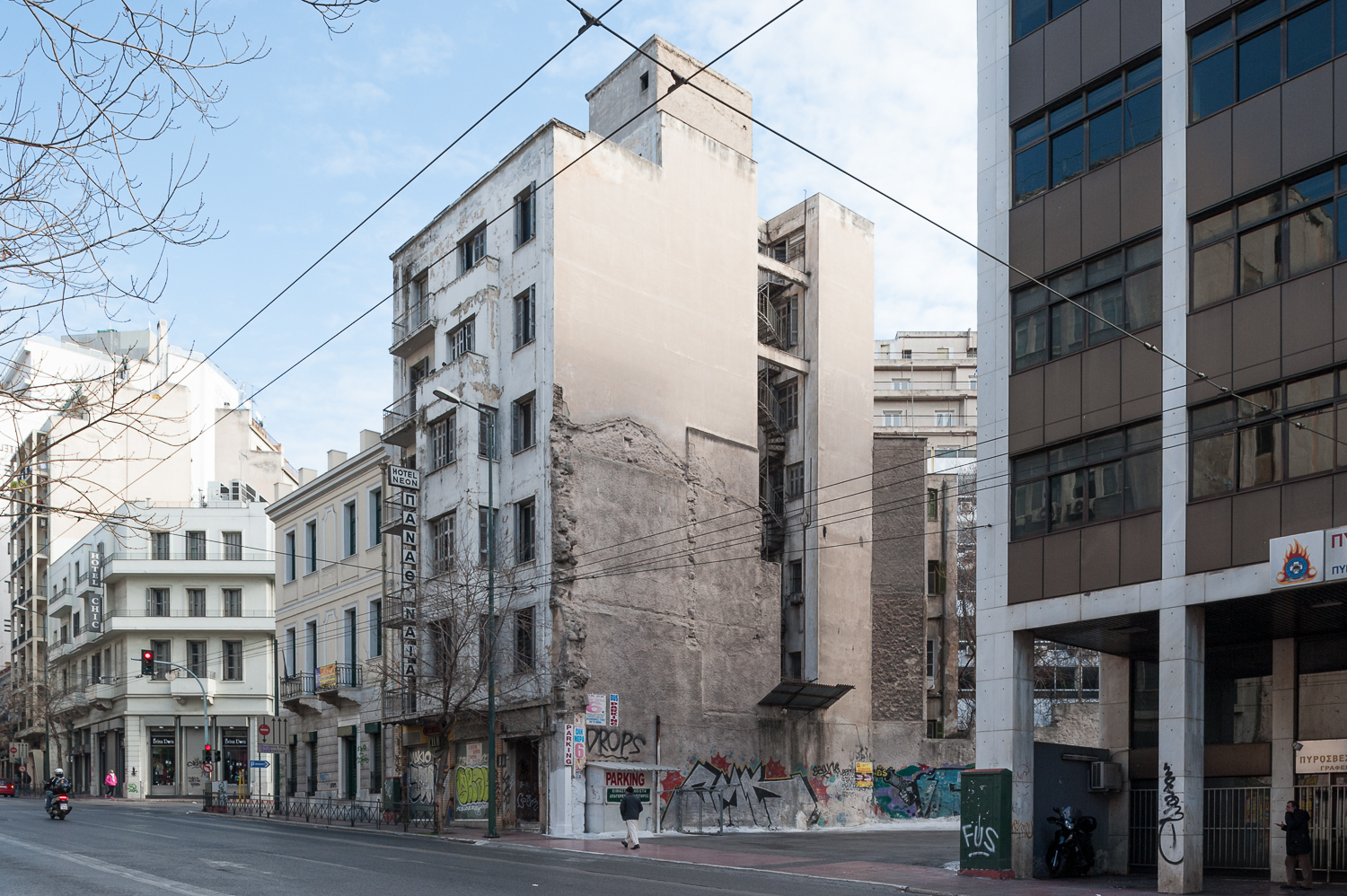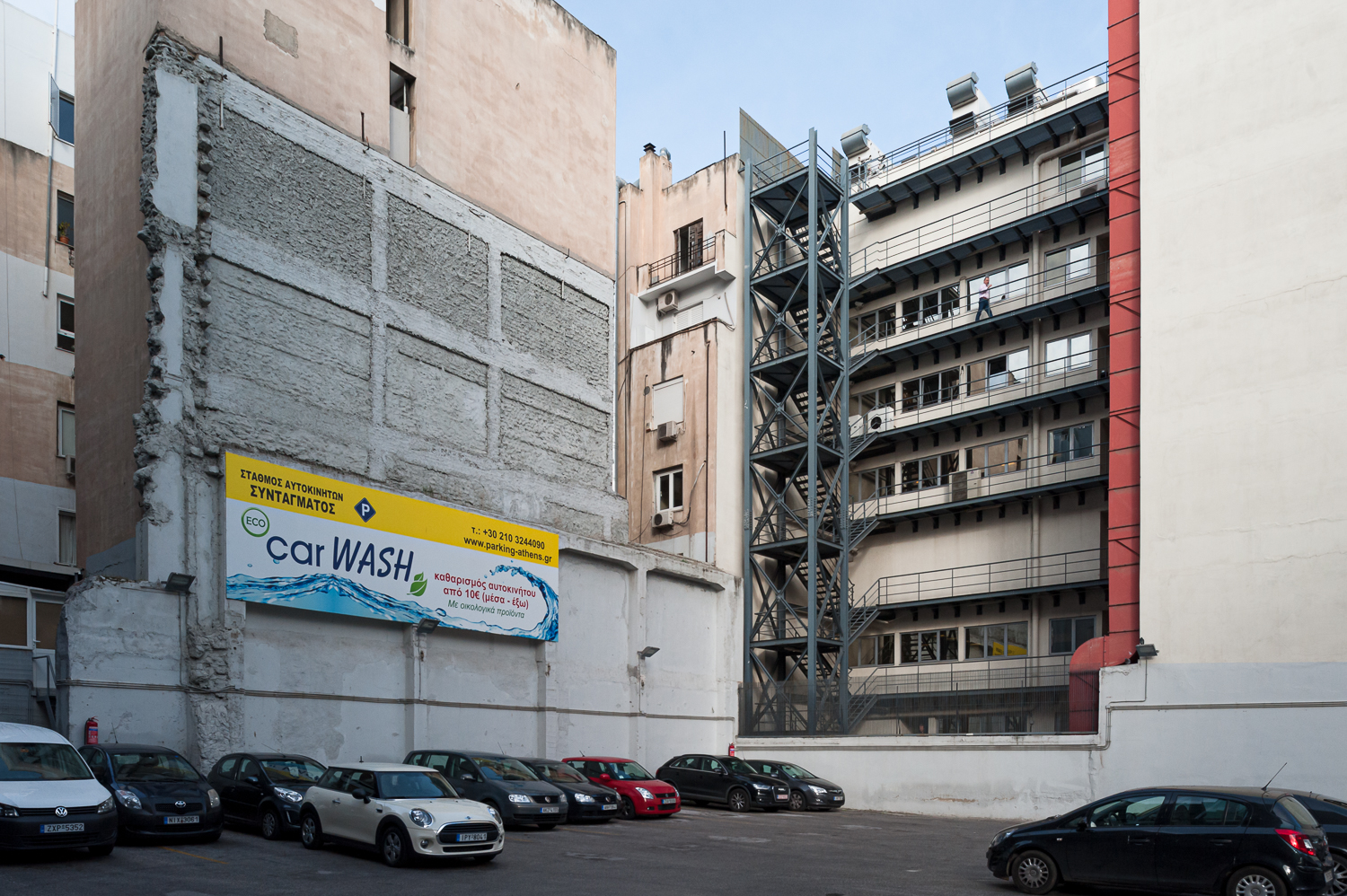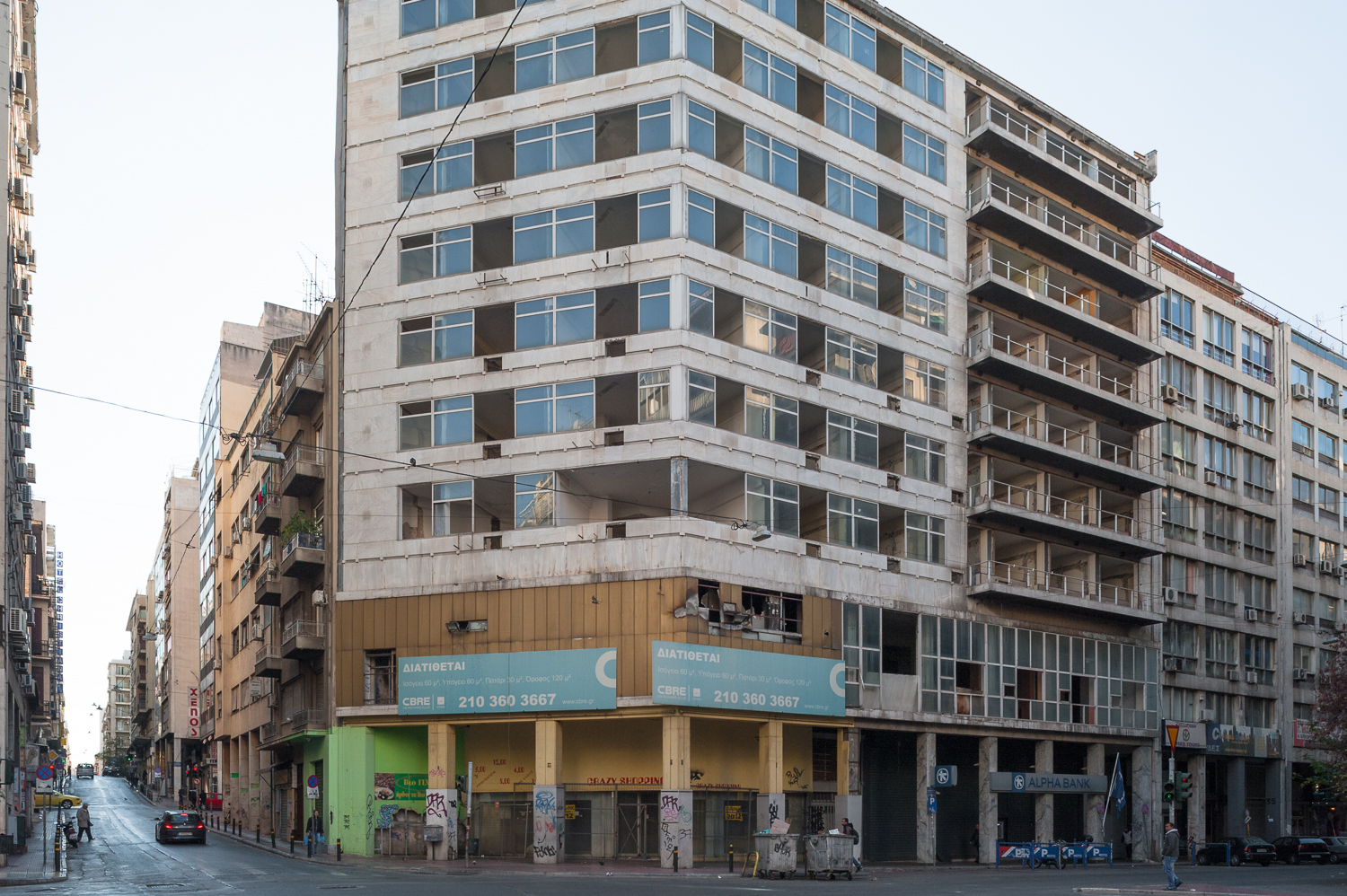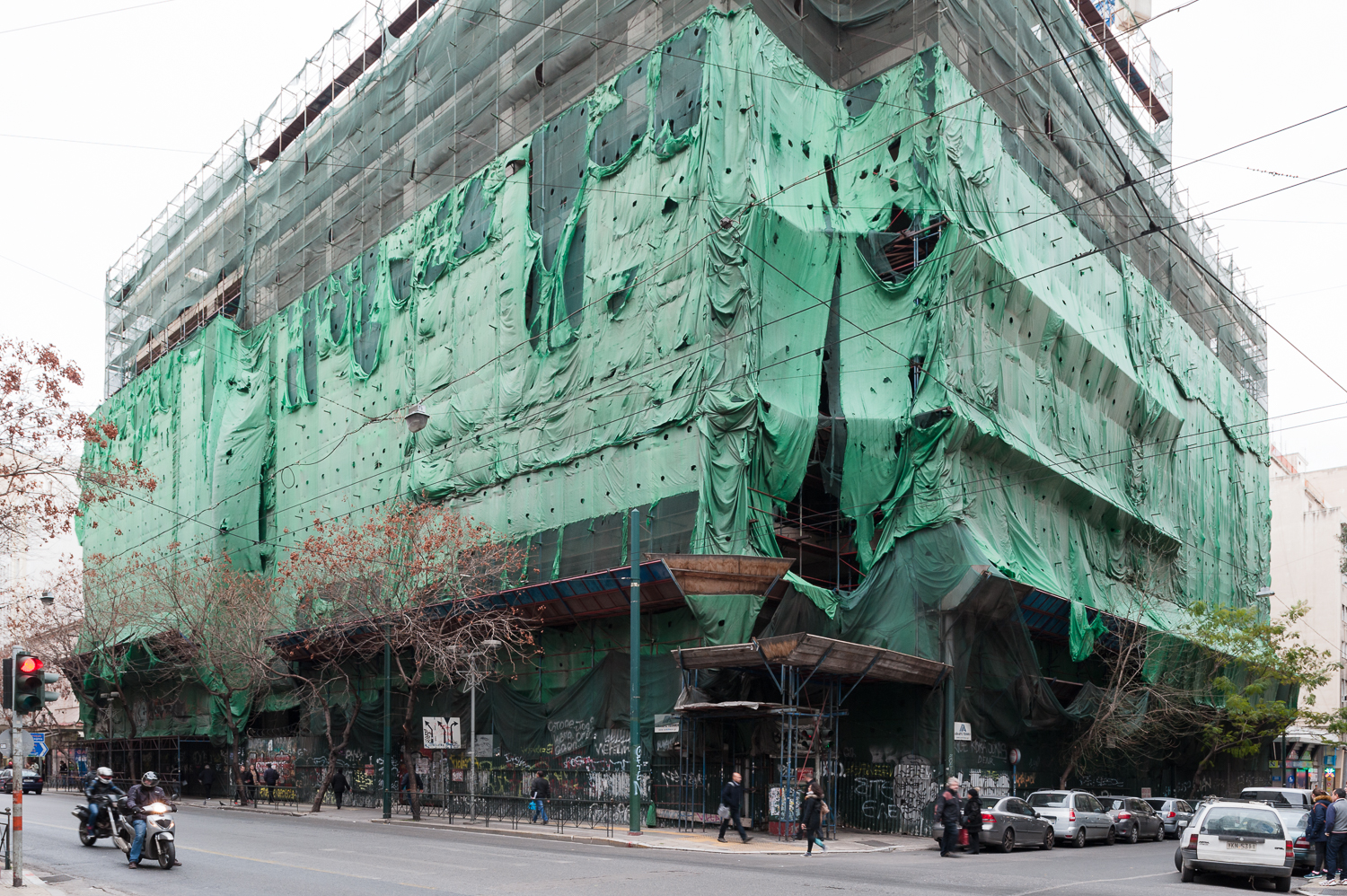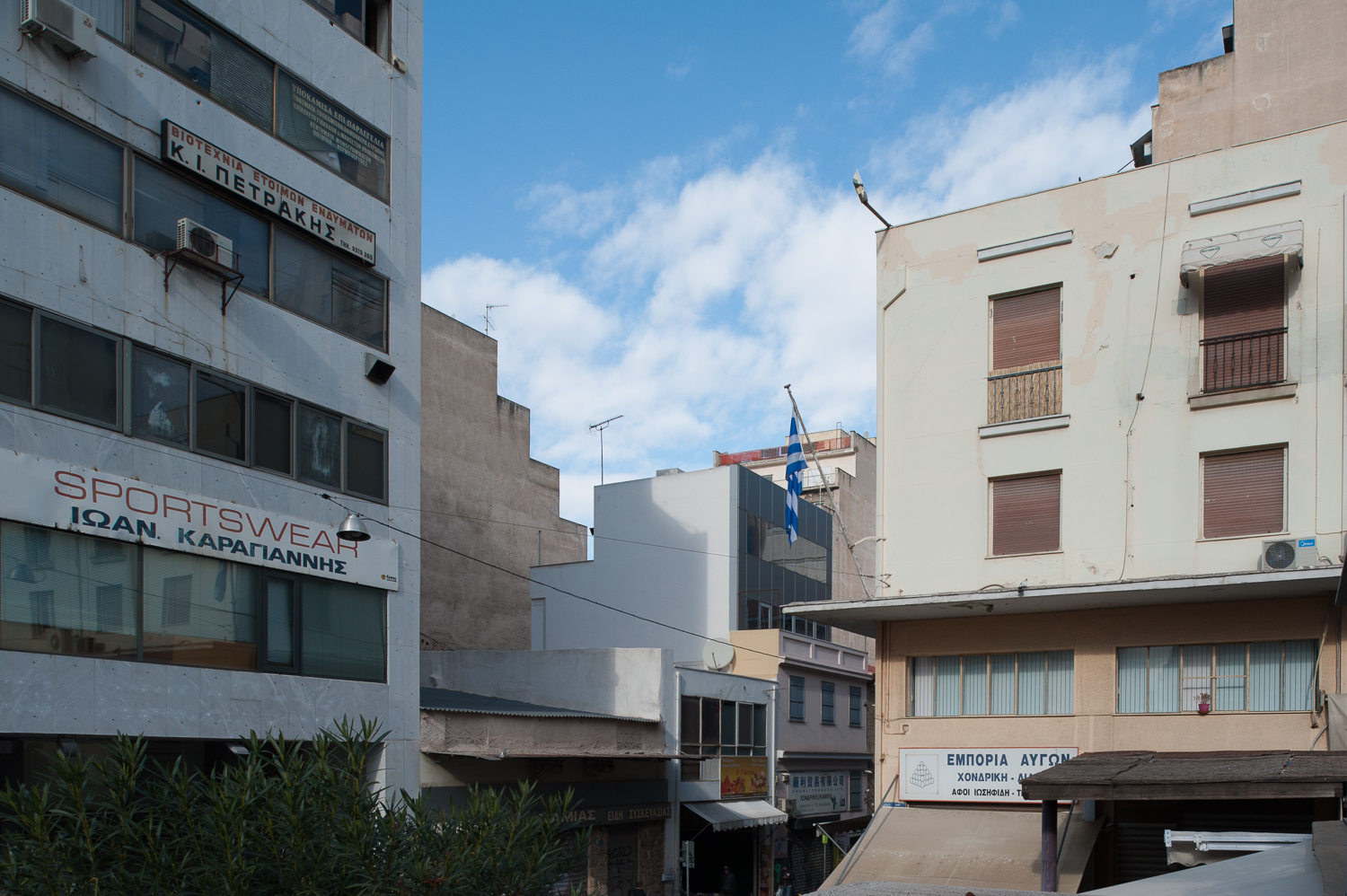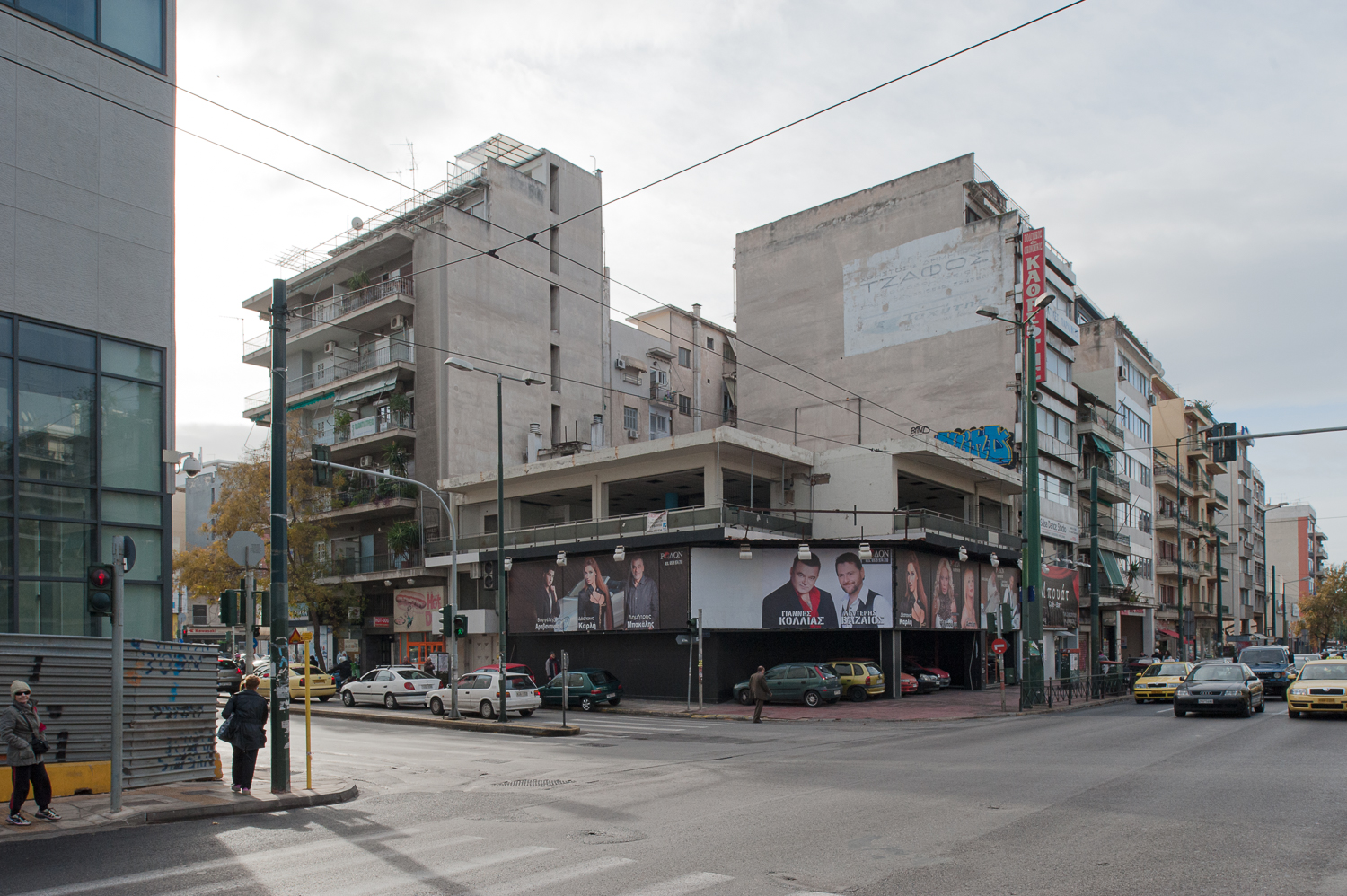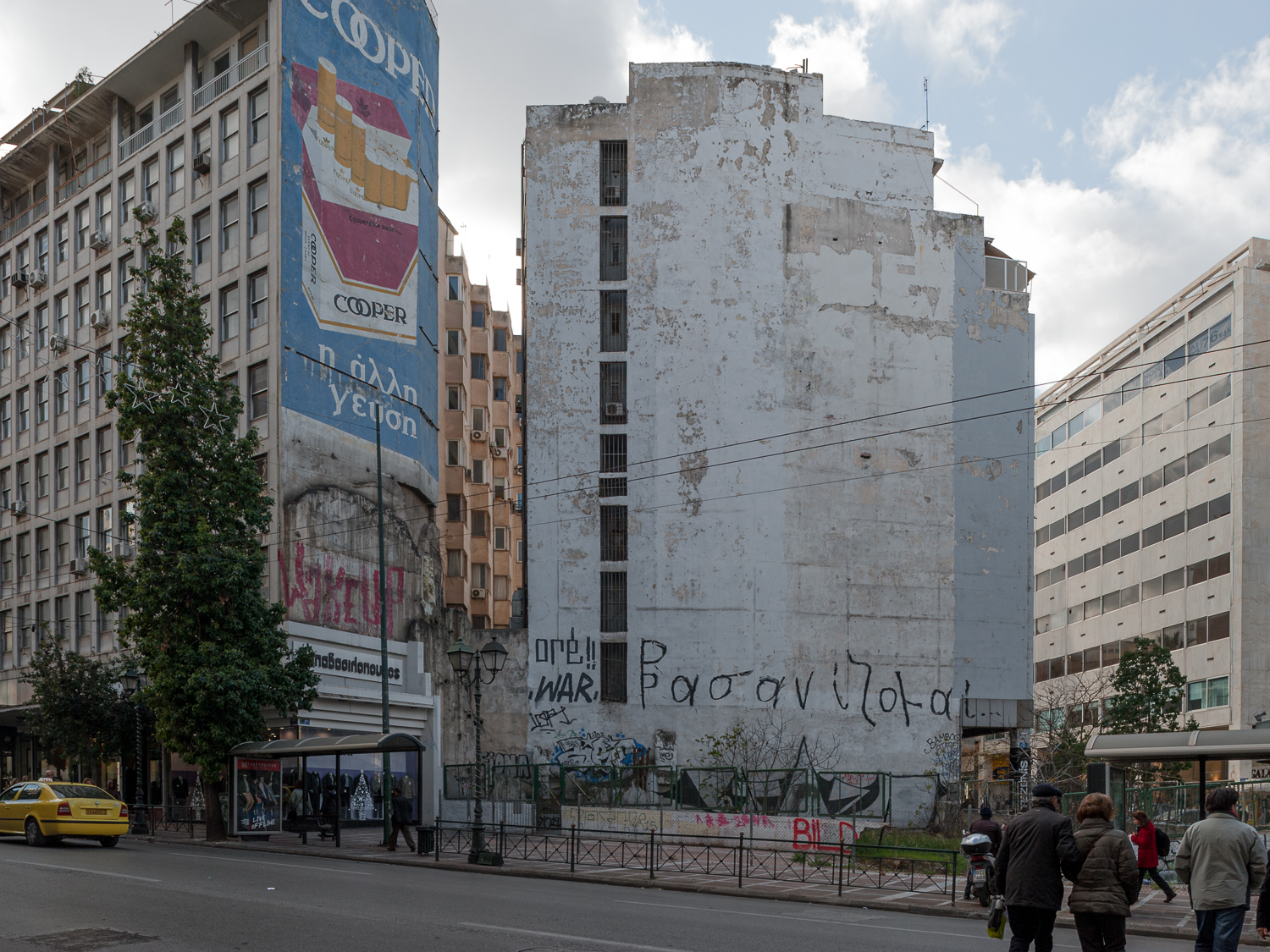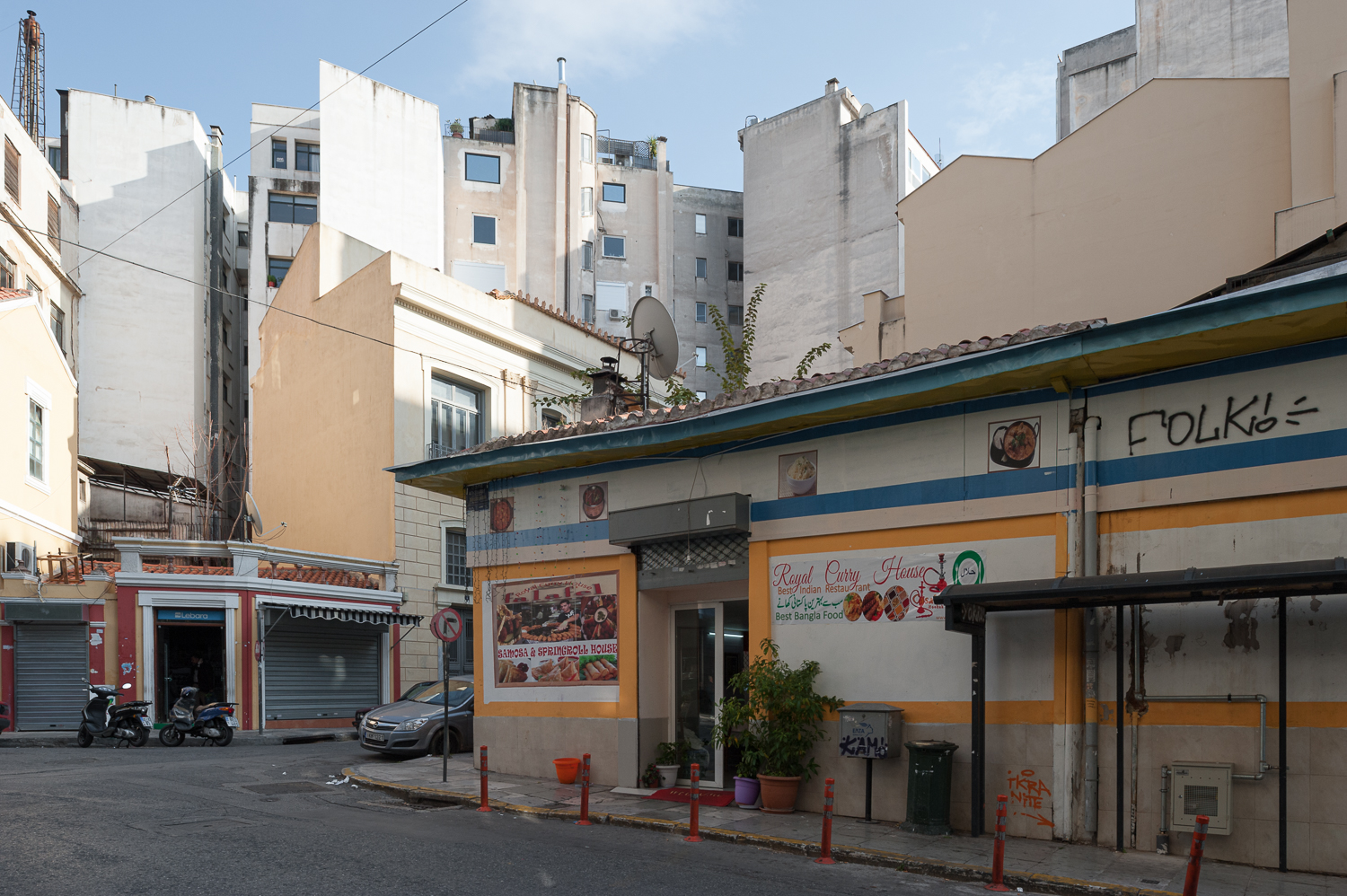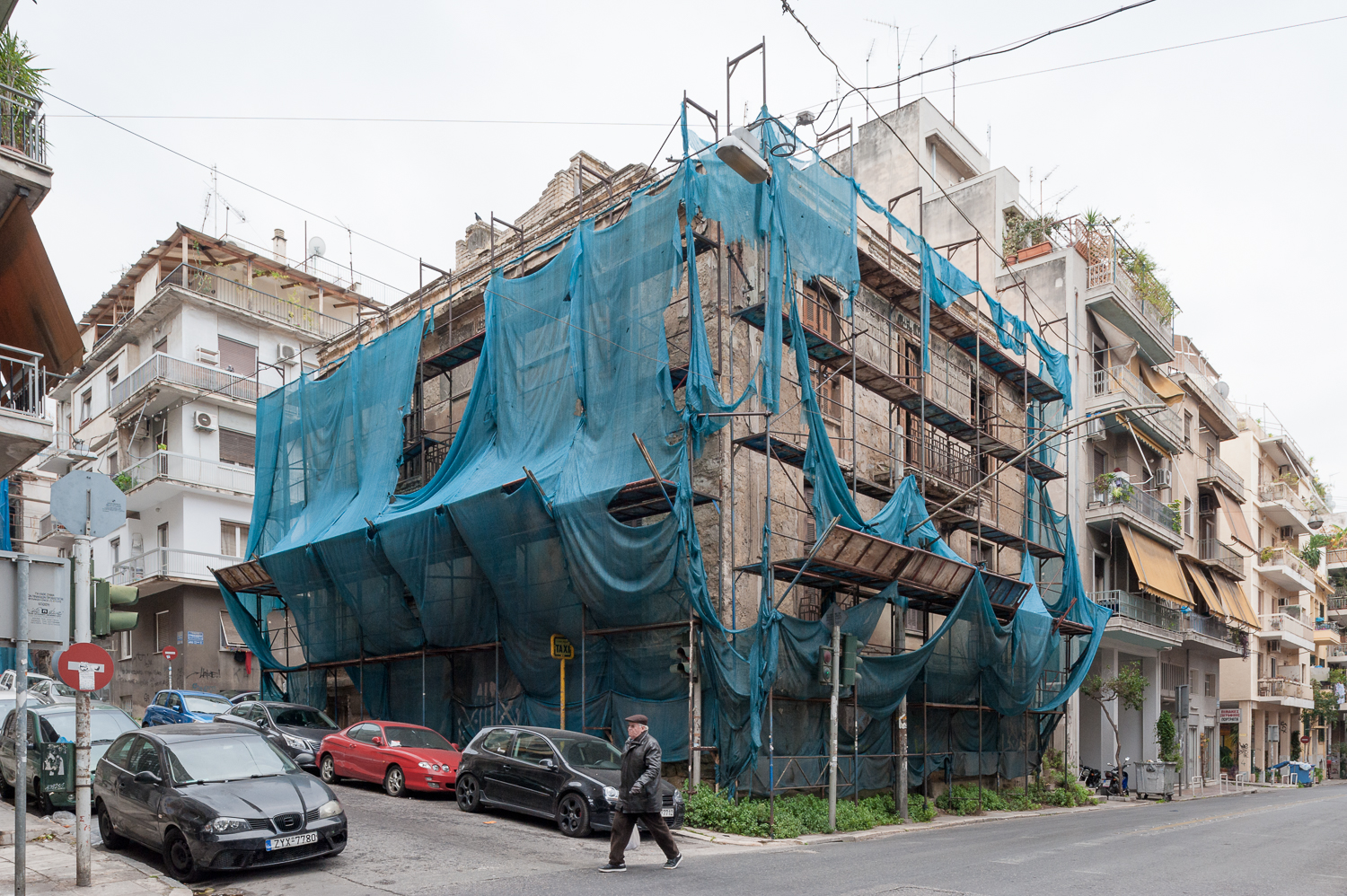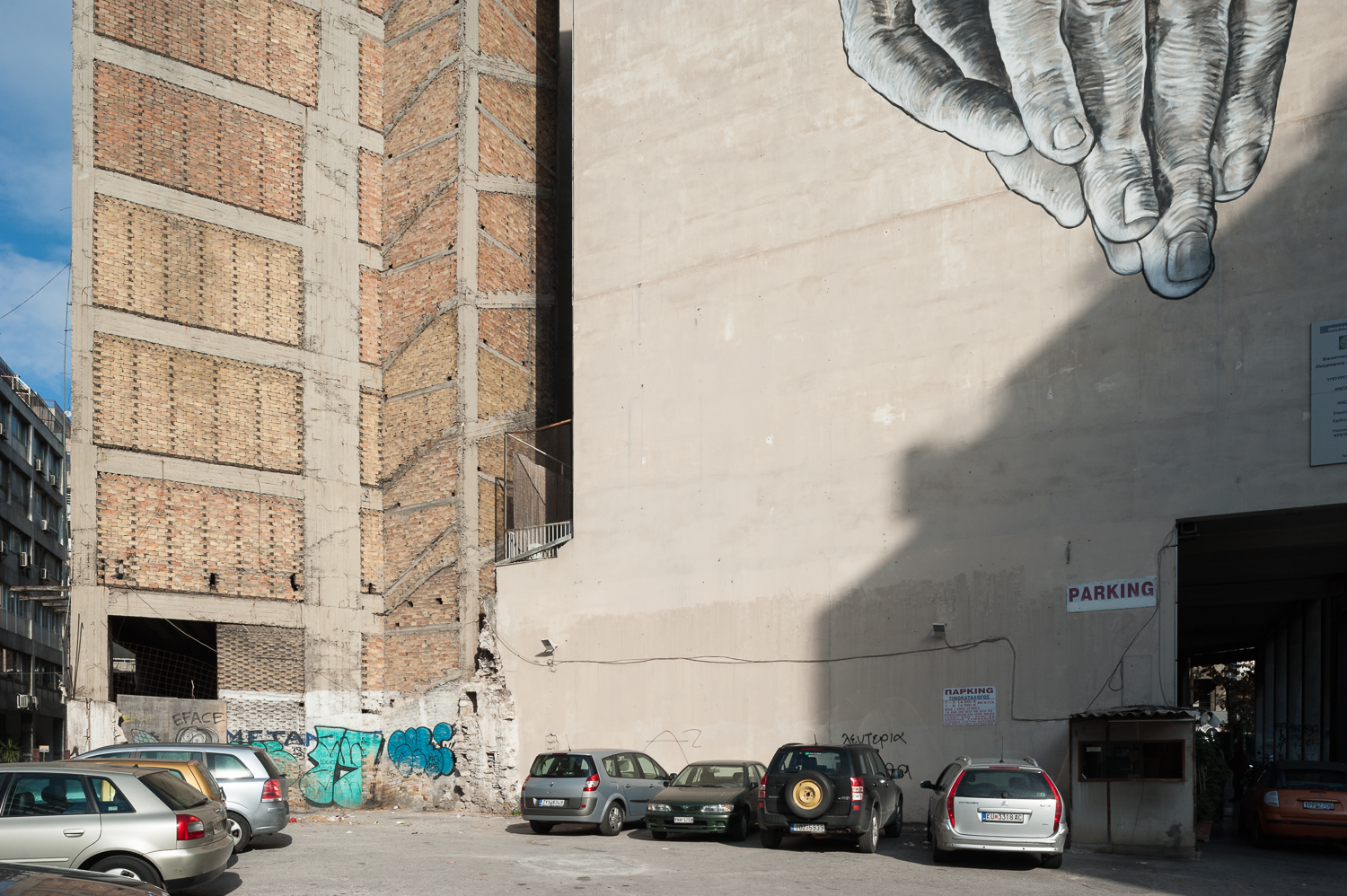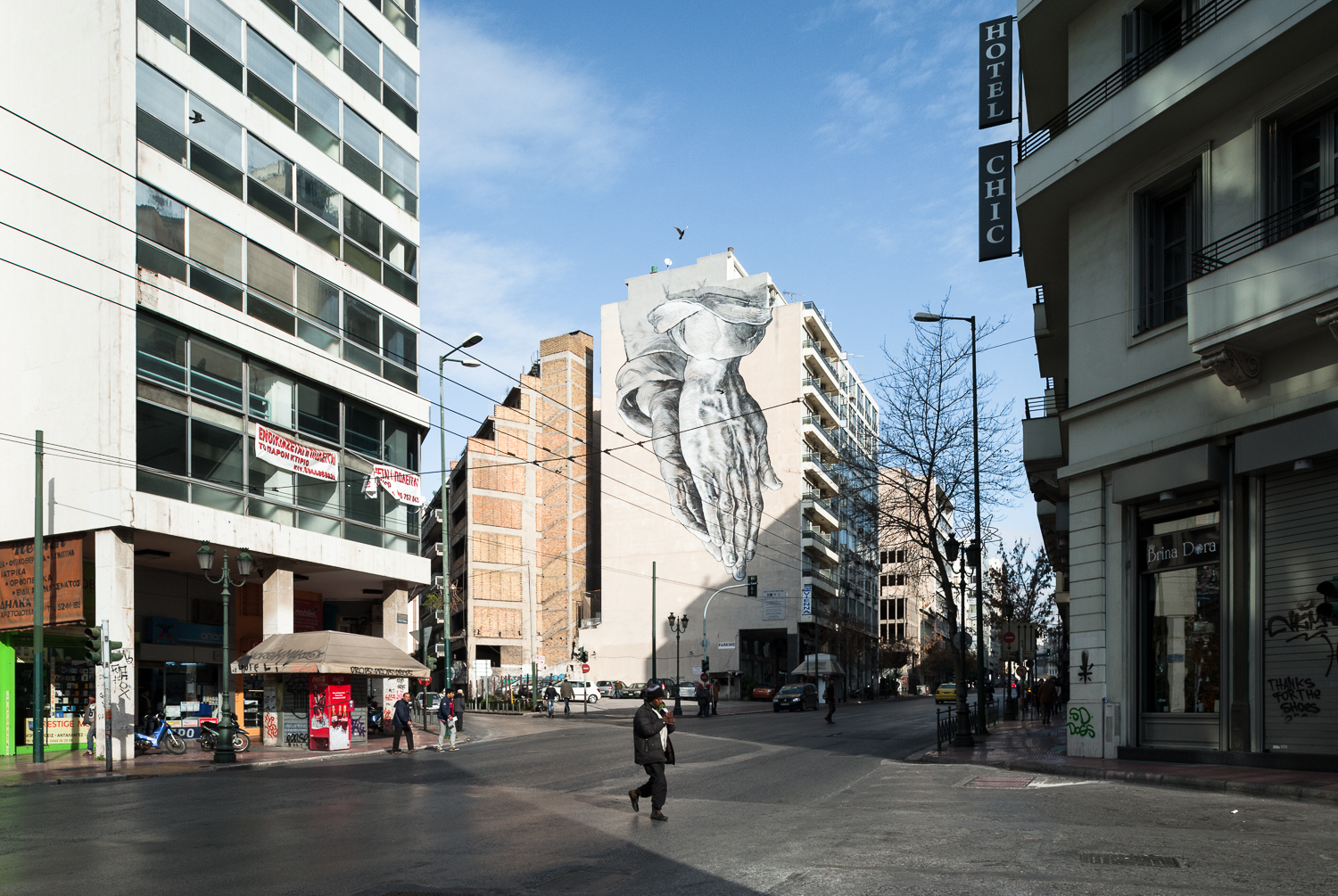
Like virtually all of the world’s metropolitan areas, Athens’ population growth has been concentrated in the suburbs and exurbs for decades. Historic core city population peaked at 885,000 in 1981 but since then it has declined. Already before The Crisis, between 2001 and 2011, the population fell to 664,000, a decline of 16%. The official policy for Athens was decentralization, as expressed in the 1985 Master Plan. The city center was to be transformed into a preserved “historical urban landscape” meaning a spectacular place for passers-by, tourists, consumers and users, where historical buildings had to be restored while pushing homeowners, commercial activities and professionals towards peripheral centers. This withdrawal has left behind many historical and office buildings abandoned, ruined or collapsed. Athens gradually lost the social bond which made of it a place for commerce, manufacturers and inhabitants. In the vacancy of buildings in the center, in the void of activities closed or moved towards peripheral centers, many immigrants established their dwellings and business. Empty spaces have been re-used, usually as parkings, blind walls has become the canvas for street artists.

